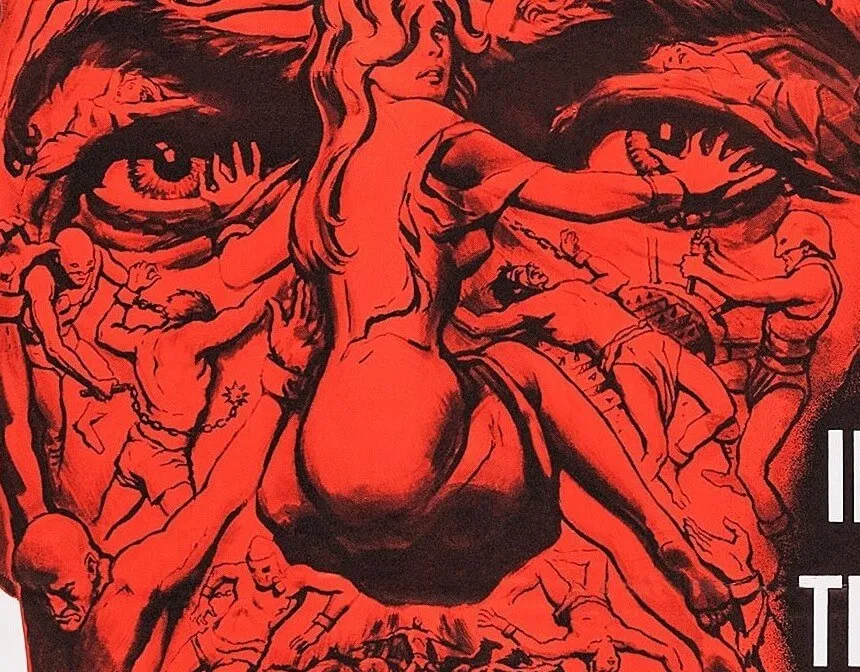
My Favorite Horror Movie From the 1960s Might Have Changed Religion Forever
The 1960s saw the release of many classic horror films, including Psycho, The Birds, and Carnival of Souls. My favorite 1960s horror film is more over the top than any of those. It’s also possible that the movie in question had an impact on the world of religion.
My favorite 1960s horror film makes an Edgar Allan Poe story even darker
During the 1960s, director Roger Corman made a series of Gothic horror films based on short stories by Edgar Allan Poe. Almost all of these films starred horror icon Vincent Price. One of the most famous is The Masque of the Red Death. The original story is about Prospero, a prince who hides in a castle with his court while a disease known as the “Red Death” ravages the countryside.
The film version faithfully follows the broad strokes of the story — with a twist. In the movie, Prospero isn’t just a rich jerk. He’s a Satanist who believes God is dead and everything is permitted. The film has tremendous Satanic antics and some philosophical discussions that make it a lot more intriguing than your average movie from B movie production house American International Pictures.
A similar religion started 2 years after the movie came out
What makes the film intriguing from a social standpoint is the time it came out. Corman released The Masque of the Red Death in 1964, and Anton LaVey founded the Church of Satan in 1966. It’s not hard to see a parallel between Prospero’s fictitious Satanism and LaVey’s real Satanism, as both are hedonistic and anti-Christian.
The main difference is that Prospero believes the devil is real while LaVey was just using him as a symbol for his values. It’s not clear if The Masque of the Red Death had a direct influence on the Church of Satan. Either way, it’s interesting to look at parallels between the two.
How my favorite 1960s horror film was commenting on the trends of the time
During a 2021 interview with The Guardian, director Corman discussed some of the social commentary in the film. “What interested me was Vincent Price’s character, Prince Prospero, who believes God is dead and therefore he is free to do whatever he wants — to be his own God,” he said. “I could also see a little bit of the 1960s counterculture in the idea of the Red Death plague sweeping the country, with Prospero and his followers holing up in a castle. Part of the counterculture at the time was about rebelling against authority and pointing out how the elite was able to protect itself at the expense of the people.”
Coman said the film was controversial in its time but stuck a chord more recently. “The hostility the film received from the U.S. Catholic Legion of Decency came as a total surprise,” he recalled. “I’m a lapsed Catholic myself. We had to make cuts for blasphemy and nudity, and the film was censored even more heavily in the U.K. But I’m being asked to talk about it a great deal at the moment, with the pandemic. I’m told ratings on streaming platforms are sky-high. The Red Death plays almost as if it were about the coronavirus.”
Whether you’ve seen it a million times or only heard of it today, The Masque of the Red Death is essential viewing every October.


